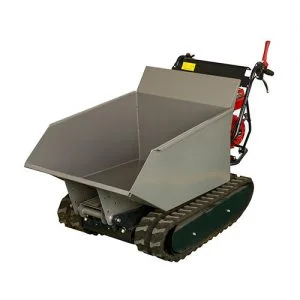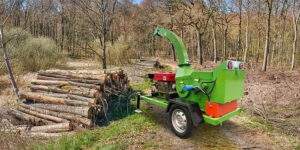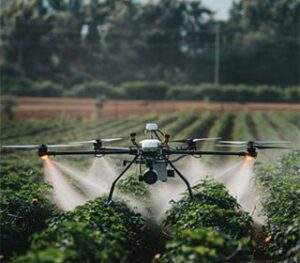How Drones for Agricultural Use Enhances Crop Management
Welcome to My Blog!
Before we dive into the content, I’d love for you to join me on my social media platforms where I share more insights, engage with the community, and post updates. Here’s how you can connect with me:
Facebook:https://www.facebook.com/profile.php?id=61557298070472
Now, let’s get started on our journey together. I hope you find the content here insightful, engaging, and valuable.
Introduction
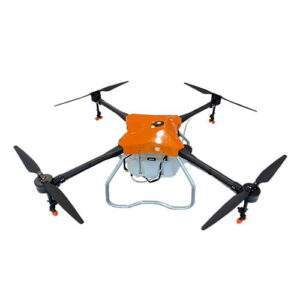
The advent of drones for agricultural use has marked a significant advancement in modern farming practices. These unmanned aerial vehicles (UAVs) are transforming how farmers approach crop management, providing tools that increase efficiency, optimize resource use, and enhance overall productivity. This comprehensive blog will explore how drones for agricultural use are revolutionizing crop management and outline the key benefits, applications, and best practices associated with these technologies.
The Technological Advantages of Drones for Agricultural Use
Drones for agricultural use have come a long way from their initial applications. Today, these advanced tools are equipped with sophisticated technologies that offer farmers unparalleled insights into their crops and fields. Here’s a breakdown of how drones for agricultural use enhance crop management:
Advanced Imaging and Sensing Technologies
- High-Resolution Cameras: Drones for agricultural use come with high-resolution cameras that capture detailed aerial images of crops. These images are crucial for assessing crop health, identifying problem areas, and monitoring growth over time.
- Multispectral and Hyperspectral Sensors: Equipped with sensors that can detect various wavelengths of light, drones provide data on plant health and soil conditions beyond the visible spectrum. This capability is essential for identifying issues such as nutrient deficiencies and water stress.
- GPS and Mapping Technology: Drones for agricultural use integrate GPS technology to create precise maps of fields. These maps help in monitoring crop development, planning resource allocation, and implementing precision agriculture practices.
- Automated Flight Patterns: Many drones for agricultural use are capable of following pre-set flight paths, ensuring systematic data collection across large areas. This automation reduces the need for manual intervention and increases data accuracy.
Enhancing Crop Monitoring with Drones for Agricultural Use
Crop monitoring is one of the most significant benefits of drones for agricultural use. Here’s how these drones enhance monitoring and lead to better crop management:
Real-Time Crop Health Assessment
Drones for agricultural use provide real-time data on crop conditions. By capturing high-resolution images and multispectral data, these drones allow farmers to assess crop health promptly. Early detection of issues such as diseases or pest infestations enables timely intervention, minimizing potential damage.
Early Issue Detection and Intervention
The ability of drones to survey large fields quickly means that problems can be identified before they escalate. For instance, drones can detect early signs of pest infestations or fungal diseases, allowing farmers to address these issues before they affect the entire crop.
Improved Data Accuracy and Decision Making
Drones for agricultural use offer precise and consistent data collection. This accuracy improves decision-making processes, as farmers can rely on detailed insights to make informed choices about crop management practices, resource allocation, and yield predictions.
Optimizing Resource Allocation with Drones for Agricultural Use
Efficient resource management is crucial for maximizing crop yields and minimizing waste. Drones for agricultural use play a pivotal role in optimizing how resources are allocated:
Precision Irrigation Management
Drones equipped with thermal and multispectral sensors can assess soil moisture levels and crop water needs. This data enables precision irrigation, where water is applied only to areas that require it, reducing water waste and improving crop health.
Targeted Fertilization and Pest Control
By analyzing data from drones, farmers can identify specific areas of their fields that need additional nutrients or pest control. This targeted approach to fertilization and pesticide application helps in reducing the overall use of these inputs, which lowers costs and minimizes environmental impact.
Soil Health Monitoring
Drones for agricultural use can also monitor soil conditions across different parts of a field. Understanding soil variability helps farmers apply fertilizers and other soil amendments more effectively, leading to improved soil health and crop productivity.
Case Study: Successful Integration of Drones for Agricultural Use
To illustrate the impact of drones on crop management, consider the following case study:
Farm Name: Green Valley Farms
Location: Midwest, USA
Crops: Corn and Soybeans
Challenges:
- Difficulty in monitoring crop health and soil conditions across large fields.
- Inefficient resource application leading to increased operational costs.
Drone Implementation:
- Deployed drones with high-resolution cameras and multispectral sensors for regular monitoring.
- Used drone data for precision irrigation, targeted fertilization, and pest control.
Results:
- Early detection of crop health issues improved intervention times, reducing crop losses.
- Water usage decreased by 30% due to precision irrigation techniques.
- Fertilizer and pesticide application reduced by 20% through targeted treatments.
- Overall crop yield increased by 12% due to improved resource management and timely interventions.
Key Metrics Collected by Drones for Agricultural Use
Drones for agricultural use collect various metrics that are crucial for effective crop management. Here’s a summary of key metrics and their significance:
| Metric | Description | Significance |
|---|---|---|
| NDVI (Normalized Difference Vegetation Index) | Measures vegetation health by analyzing light reflectance. | Indicates crop health and areas needing attention. |
| Plant Height | Assesses the growth stage of crops. | Helps in predicting yield and determining crop maturity. |
| Soil Moisture Levels | Determines the amount of water in the soil. | Guides irrigation practices to prevent over or under watering. |
| Pest and Disease Detection | Identifies areas affected by pests or diseases. | Allows for targeted treatment, reducing overall chemical use. |
Best Practices for Using Drones for Agricultural Use
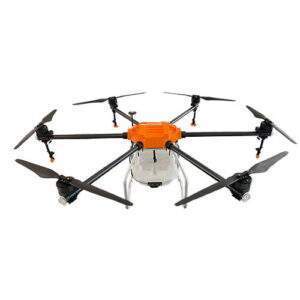
To maximize the benefits of drones for agricultural use, farmers should follow these best practices:
- Integrate Data with Farm Management Systems: Combining drone data with existing farm management systems provides a holistic view of crop conditions and helps in making better decisions.
- Regular Calibration and Maintenance: Ensure that drones are regularly calibrated and maintained to avoid data inaccuracies and operational failures.
- Operator Training and Certification: Proper training and certification for drone operators are essential for safe and effective use, as well as compliance with regulations.
- Continuous Data Analysis: Regularly analyze data collected by drones to refine crop management practices and continuously improve farm efficiency.
Conclusion
Drones for agricultural use have revolutionized crop management by providing farmers with advanced tools for monitoring, data collection, and resource optimization. From enhancing crop health assessments to improving precision in irrigation and fertilization, drones offer significant advantages that lead to better crop management and increased productivity. As technology continues to evolve, drones will play an even more critical role in shaping the future of agriculture.
FAQ
How do drones for agricultural use improve crop monitoring?
Drones for agricultural use provide high-resolution images and multispectral data that allow for detailed crop health assessments, early detection of issues, and real-time insights, leading to better crop management.
What are the benefits of precision irrigation using drones?
Drones enable precision irrigation by assessing soil moisture levels and crop water needs, leading to more efficient water use, reduced waste, and improved crop health.
Can drones be used for applying fertilizers and pesticides?
Yes, some drones for agricultural use are equipped to carry and apply fertilizers and pesticides, allowing for targeted application that reduces chemical use and minimizes environmental impact.
What kind of data do drones collect for crop management?
Drones collect various types of data, including NDVI for vegetation health, plant height for growth assessment, soil moisture levels for irrigation planning, and pest/disease detection for targeted treatments.
Are there specific regulations for using drones in agriculture?
Yes, regulations for drone use in agriculture vary by region. It is important for operators to be familiar with and comply with local regulations to ensure safe and legal drone operations.

